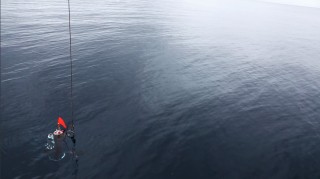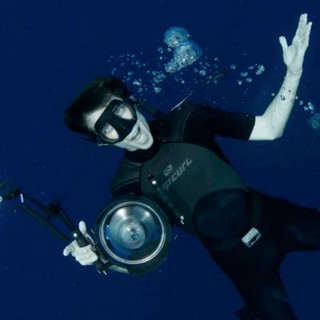One of the autonomous underwater vehicles being used on the Coordinated Robotics cruise is a Lagrangian Float. Named after the famous French mathematician Lagrange, Lagrangian Floats do not move on their own, but instead float in the water. Scientists can program the 60 lbs. float to submerge, drift, or stay exactly two meters off of the bottom. It is a light-weight, simple platform that consists of a big aluminum tube with batteries, electronics, and a computer inside.
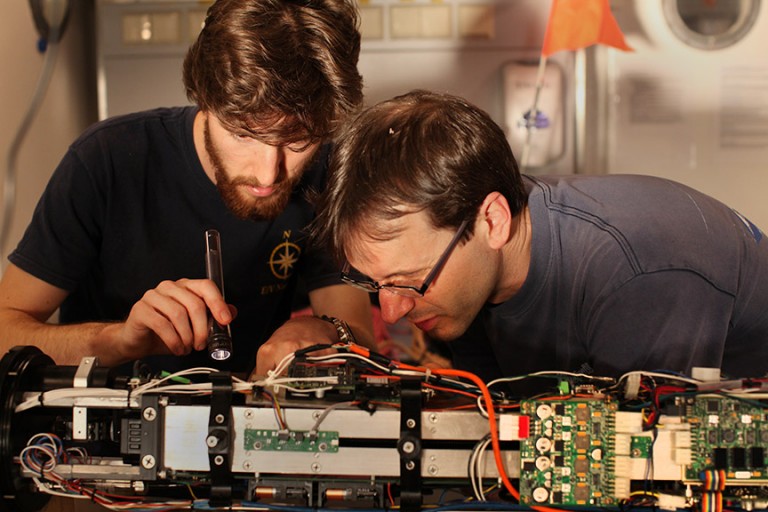
Spaghetti lines
There is also a camera system strapped to the side of the float. As the float moves it can take photographs of the ocean bottom at timed intervals. This provides scientists with a long, linear visual strip of the sea floor, which they refer to as a “spaghetti” drift track. This squiggly line shows the float’s route with corresponding photos. The trick with getting good seafloor images is to have a constant distance, so that the focus and scale is always consistent.
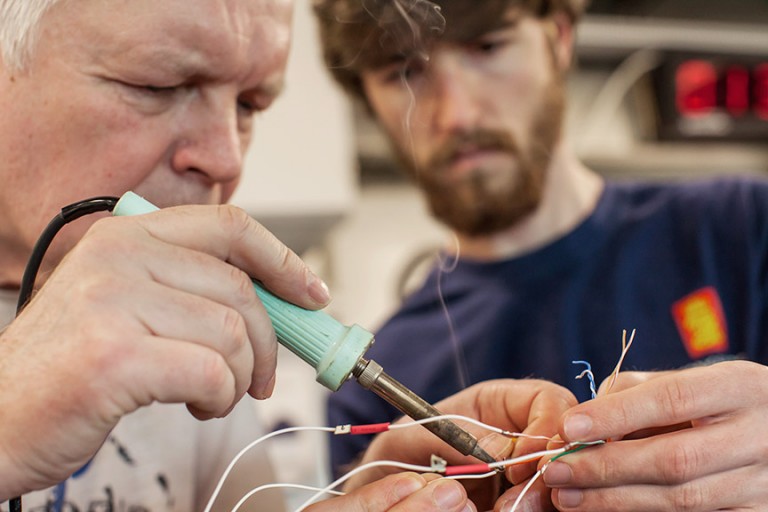
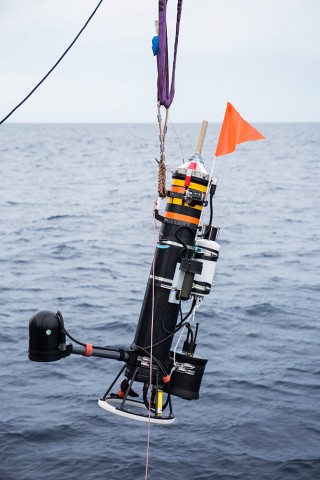
Drifting towards greatness
The float is not limited to just photography: it is a general platform as well. “We have done water column work looking for phytoplankton and oxygen layers, and are treating the ‘float’ like a pick-up truck that we can strap things to,” explains researcher Chris Roman. “On this trip we’ve attached a camera, but we can take it off and strap other sensors to it, like a shallow-water drifting tool. To my knowledge, there are not many other floats like this in the world. We have a novel instrument and now we are finding uses for it,” Roman explains.
Different tools to drive down costs
Every AUV on board will achieve something different, and by coordinating these complementary aspects, the team can see a bigger picture of the marine environment. While the float is at the whim of the currents, the science team and crew can strategically stack the deck by putting the float in a smart spot. The science team tries to place the Lagrangian Float so it will drift over a previously mapped grid. They can take the ‘spaghetti track’ of the float and compare it to other more organized AUV tracks.
